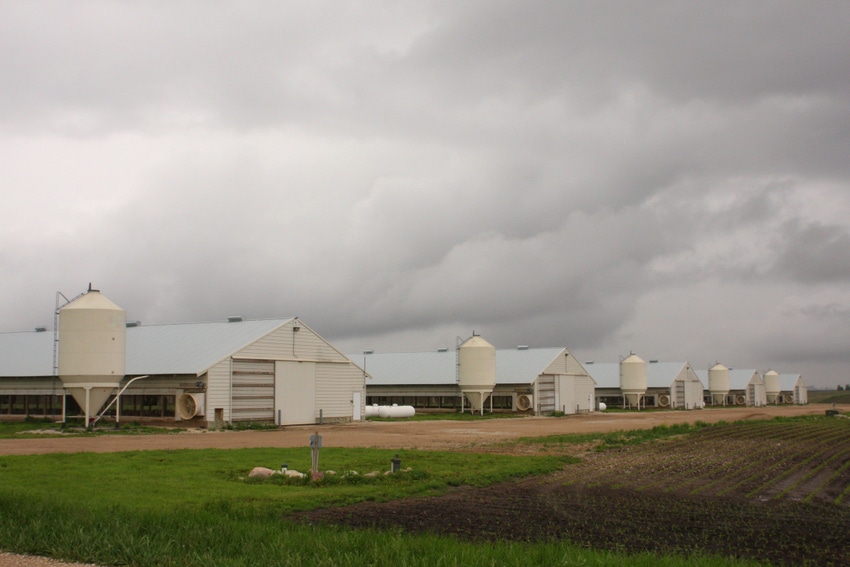Over 58.5 million birds have been affected by HPAI since the beginning of the worst outbreak in U.S. history

A commercial turkey operation of 18,200 birds in Wayne County, Illinois, is being depopulated after highly pathogenic avian influenza (HPAI) was detected in the flock. This is the first commercial case reported for Illinois since the onset of the virus back in February 2022.
The number of emerging cases has dwindled over the past couple months, but detections continue to appear sporadically across the United States. Just last week, United States Department of Agriculture's (USDA) Animal and Plant Health Inspection Service (APHIS) confirmed a broiler operation of 97,700 birds with the virus.
Over 58.5 million birds have been affected by HPAI since the beginning of the worst outbreak in U.S. history. Approximately 50.5 million birds were affected during the 2014/15 outbreak.
Strong biosecurity measures remain critical to avoiding new outbreaks in birds, including:
Using designated clothes, rubber boots, and work gloves when handling birds
Washing your hands after handling birds
Keeping domestic birds away from wild birds
Keeping domestic birds away from open water
Protecting feed and water sources from wild birds
Restricting visitors
Avoiding visiting other domestic and wild birds
Having an integrated pest management control
Dr. Thainá Landim de Barros, assistant professor and poultry health extension specialist at the Ohio State University’s Center for Food Animal Health, recently noted that signs vary depending on the bird species, immunological status, and virus virulence. In domestic birds, including chickens and turkeys, general respiratory signs can be observed, including coughing, difficulty breathing, swelling of the sinuses and/or head, in addition to cyanosis, incoordination, tremors, twisted necks, decreased water and feed consumption, and diarrhea. In some cases, no clinical signs are present, only sudden death.
Still, she said all the elements behind the severity of the current outbreak remain unclear. “Compared to past HPAI outbreaks, the present H5N1 subtype seems to infect a diverse range of wild bird species, leading to clinical signs and mortality in some cases and also infecting mammals more frequently.”
If your birds are showing clinical signs related to AI, or sudden death is occurring, contact a veterinarian or state authorities.
APHIS is hosting a webinar Feb. 28 entitled “Navigating Avian Influenza: Your Questions Answered.” Part of Bird Health Awareness Week, Dr. Patricia Fox, DVM, national epidemiology officer for avian health for APHIS, will join Dr. Maggie Baldwin, state veterinarian and director of the animal health division at Colorado Department of Agriculture, for a virtual Q&A to address questions and concerns about avian influenza.
About the Author(s)
You May Also Like





